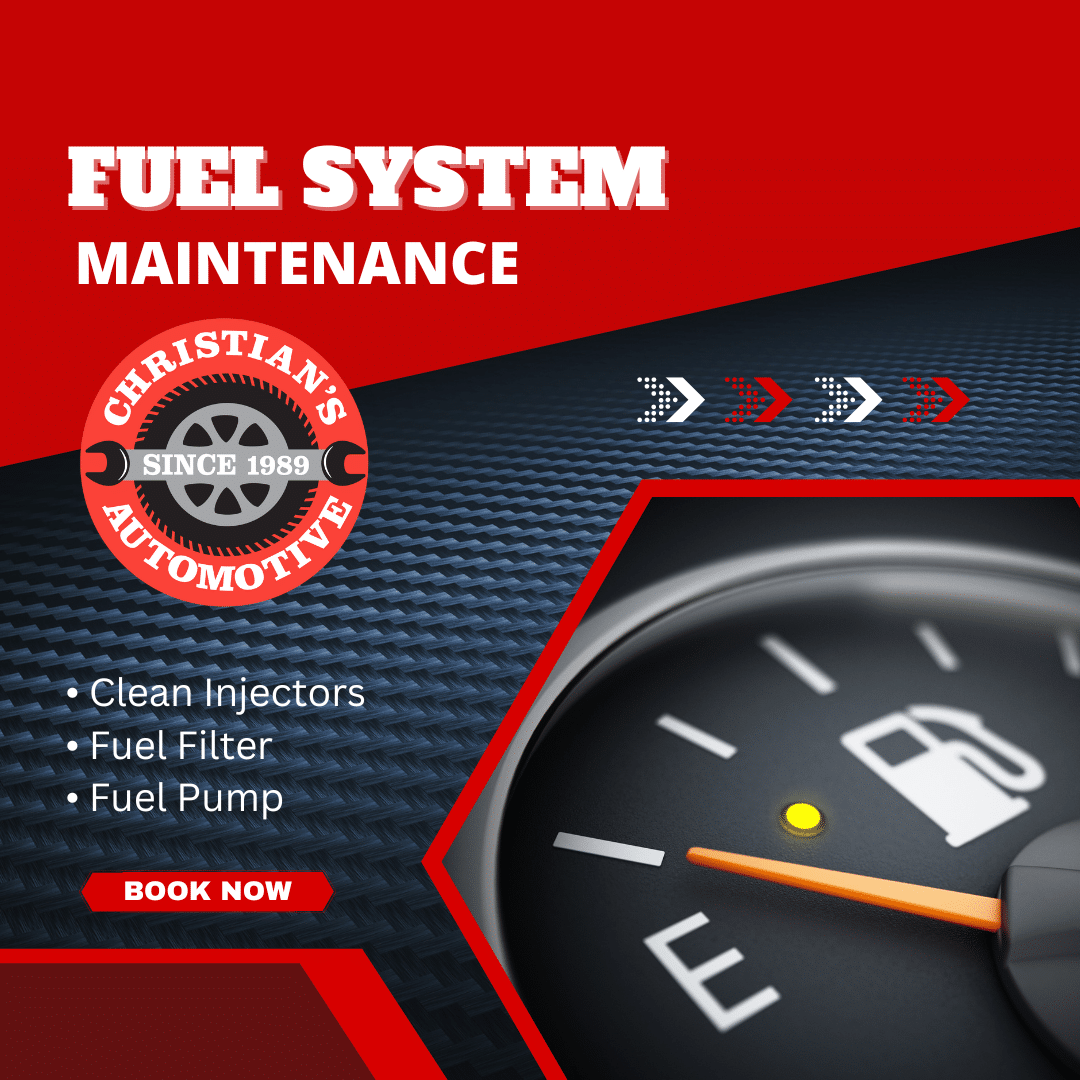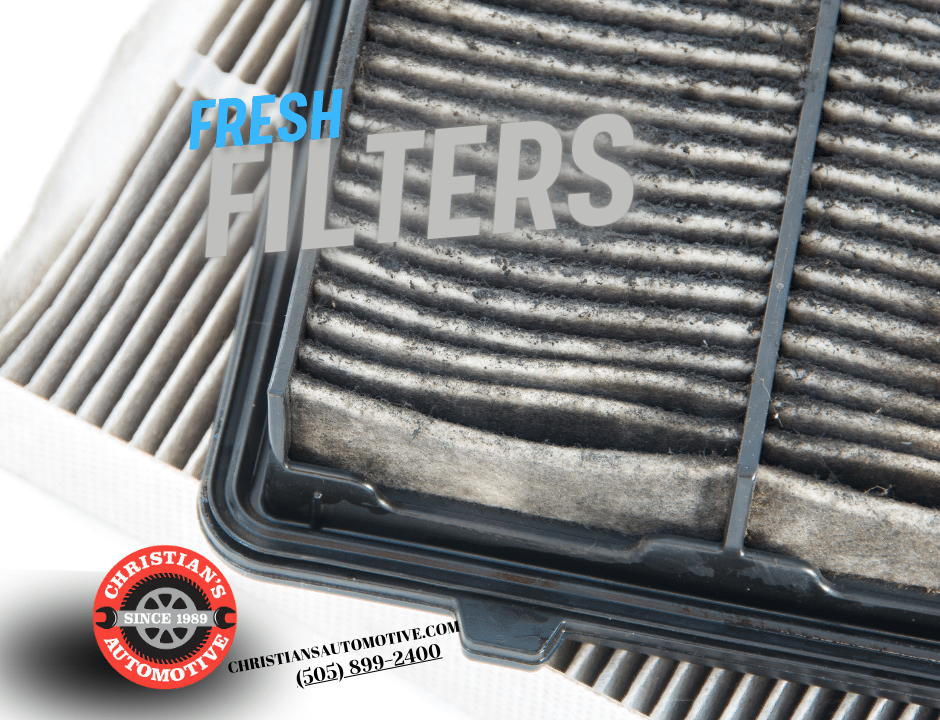
Understanding Your Vehicle’s Fuel System
March 18, 2024
Unraveling the Mysteries of Automotive Transmissions
March 21, 2024At Christian’s Automotive, we believe that understanding how your vehicle works can help you take better care of it. Today, we’re diving into the heart of your engine to discuss a topic that often sparks debate among auto enthusiasts: fuel injection versus carburetors.
These two systems are responsible for delivering fuel into your engine, but they do so in very different ways. Let’s break down the differences between these two technologies, their pros and cons, and what maintenance they each require.
Carburetors: The Classics
Carburetors are mechanical devices that have been around for quite some time. They work by blending air and fuel together for combustion. While carburetors are simpler and less expensive than fuel injection systems, they can be more challenging to tune and more prone to fuel and air leaks.
Maintenance-wise, carburetors require regular cleaning to ensure optimal performance. Over time, debris can accumulate inside the carburetor, affecting the air-fuel mixture and, consequently, the engine’s performance.
Fuel Injection: The Modern Approach
Fuel injection, on the other hand, is a newer technology that delivers fuel into the engine using electronic controls. This system offers more precise air-to-fuel ratios, improving power delivery, reducing vibrations, and increasing fuel efficiency.
However, fuel injection systems are more complex and costly than carburetors. They also require specific maintenance, such as cleaning the fuel injectors to prevent clogs and ensure smooth operation.
The Takeaway
While carburetors have their charm and simplicity, modern vehicles typically lean towards fuel injection systems for their efficiency and precision. However, each has its own maintenance needs to keep your engine running smoothly.
No matter if your vehicle uses a carburetor or a fuel injection system, regular maintenance is key. At Christian’s Automotive, we’re here to help with all your vehicle needs. Remember, understanding your vehicle is the first step towards taking better care of it.




